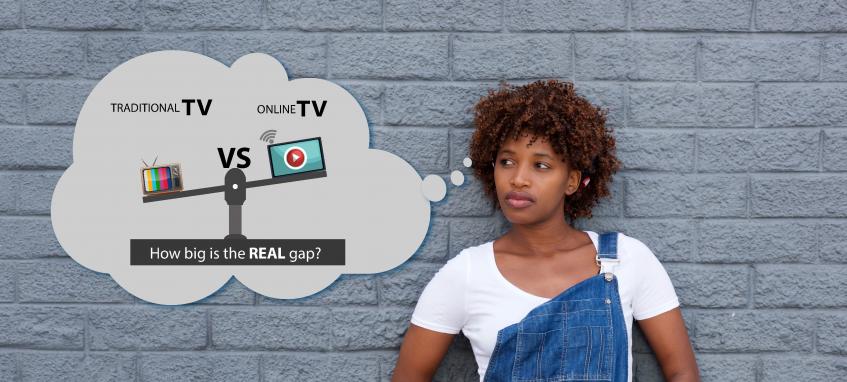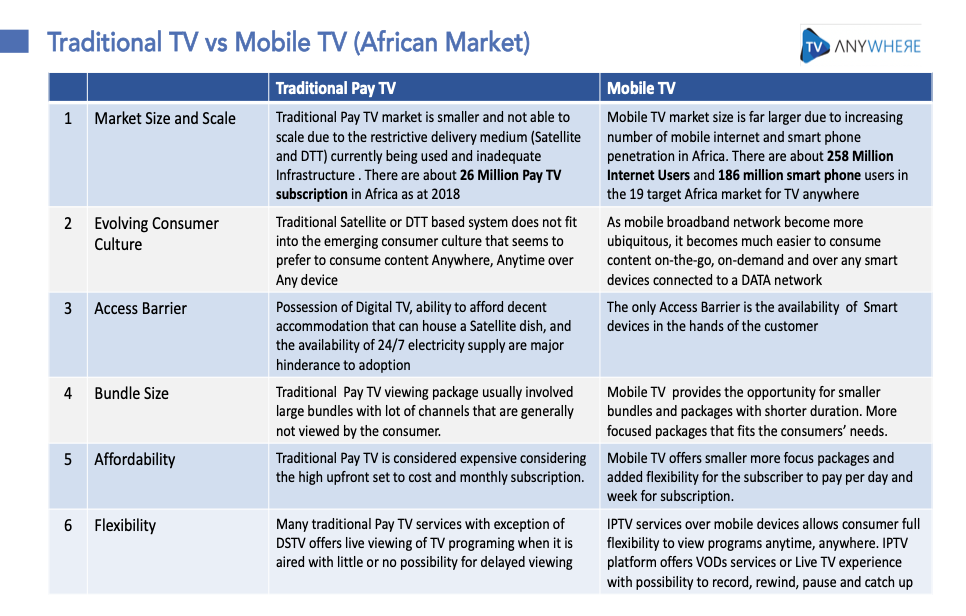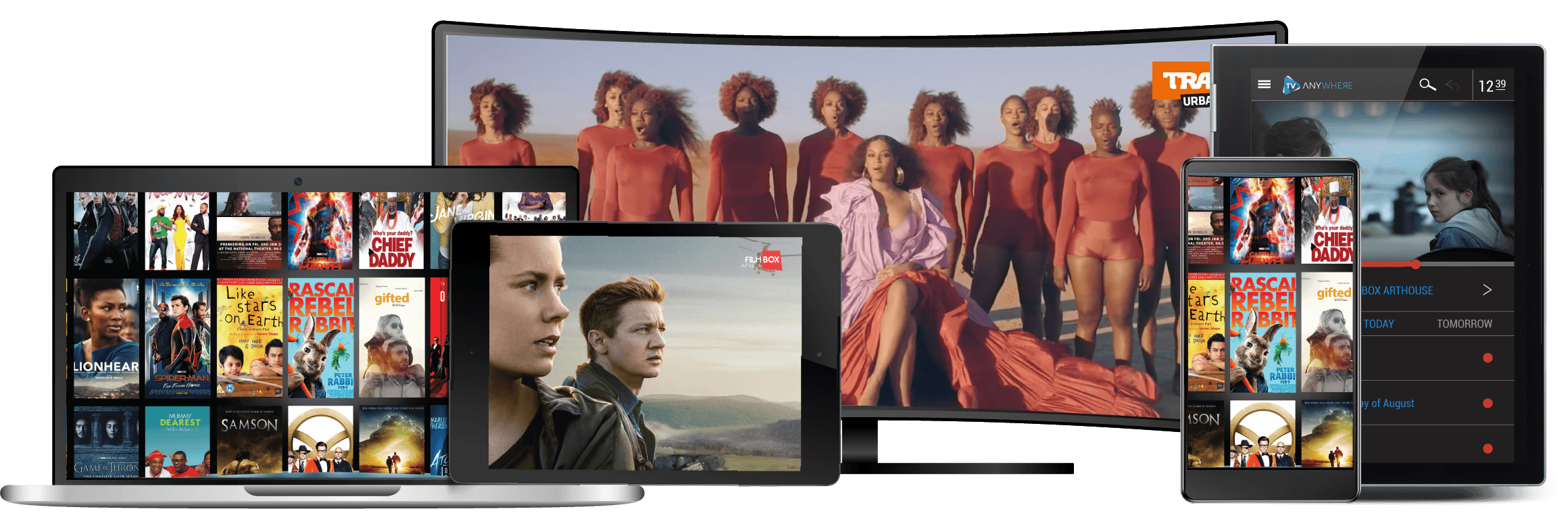
The evolvement of latest multi-screening trends and it’s fast adaptation among users has caused a significant shift towards a mobile-first world, where days of sitting in a couch glued in front of a television are slowly fading away. Now with just a gesture of the hand or a single tap on a phone, we’re offered selective and personalized content as well as the convenience of watching anywhere and at any pace. Reports by eMarketers indicate that the average time consumers between 12-17 and 18-24 spend on their mobile devices has increased by nearly a minute per day over the past four years, while the amount of time they spend watching television has decreased by more than 30 seconds. The are numerous factors influencing why people are forgoing cable providers and traditional television and are instead, opting to access shows and movies by streaming. Why are more people choosing to stream and how does this option improves the overall watching experience as compared to consuming content from mainstream media? And most importantly, how is the future shaped by this invention and change in users’ patterns?

New media, broadly understood to include the use of new communications technology for old or new purposes has served as an entry point into contemporary thinking about mobile TV. Through this, a pattern far richer than any single medium has been introduced to reveal the extends of technology which goes beyond the popular rhetoric of communication technologies. Differences that exist between the two models include but are not limited to:
Market Size and Scale:The penetration of new technologies and the dynamic effects of convergence are not only changing the way that consumers access and view audiovisual content but also bringing about the development of a new market size and scope. An analysis of the market involves a consideration of public interest and a clear understanding of demand and supply within the value chain. Different variables which play major roles in influencing market size include high fixed cost, marginal cost, bundling, internet accessibility, among others. Others are user interface or perceived ease of use, perceived usefulness, and aesthetic appeal. Apart from the ability to access content on demand with online streaming, traditional TV viewers have to deal watching what is made available to them. All these challenges are easily resolved under the viable alternative of over-the-top (OTT) technologies such as mobile TV, leading users to switch from cable television to viewing preferred content over an internet connection. This subsequently increases the demand and market size for mobile TV and serves as a threat to the cable industry over their waning number of users.
Evolving Customer Culture:Central to understanding the dynamics of culture is an appreciation of the systems that come to play in subtly influencing consumer decisions, one that systematically cultivates a behavioral model on what product to accept or reject based on factors like value systems, nationality, religion and geographic regions. These subcultures often make up important market segments, each with different consumption behaviors and attracted to different products and services. A society’s adaptation motivation suggests the decisive factor of culture and its significance in consumer behavior. The comprehensive and logical fashions of value systems prove very useful in predicting preferences of a select group and developing content, tailored to meet their specific needs.While Mobile TV invests in creating a wide range of shows and movies that offers users the options of their preferences , traditional media, on the other hand is restricted in its content, limiting the audience to a fixed model of viewership. These differences and sub-cultural segmentation of the market activity are important characteristics in creating the marketing mix price and brand name identity.
Access Barrier:Strong adaptation of mobile TV is made possible when some structures are put in place to ensure its effective use. Unequal access to digital technologies depends on the characteristics of these inventions and the required environment within which they can operate. A striking observation is that there has been more dynamic features in the evolution of mobile TV where a new interactive model breaks the barriers offered with the old media systems. The mobile TV transmission system has all the mobility features and is free from all forms of constraints. TV services, like satellite TV cable tends to be more expensive. This is especially true if you want channel packages that include premium movie channels of your choice. The low quality of high-definition programming is also a common challenge. Communities lacking widespread installation of fiber technology into the trunk of its cable architecture are likely to suffer in setting up their cable TVs without intermediate strategies employed by companies to address the concerns.
Bundle Size:The wireless transmission and reception of television content - video and voice - can be approached in many ways. Delivery over an existing cellular network has the advantage of using an established infrastructure, inherently reducing deployment costs. At the same time, the operator has ready-made market access to current cellular subscribers, who can be induced to add mobile TV to the services they buy. Mobile TV allows viewers to enjoy personalized, interactive television with content specifically adapted to the mobile medium. Unlike traditional pay TV where viewing packages often involve large bundles to access content, mobile TV offers smaller or more focus packages that meet specific user needs. As video bit rate, quality, and resolution are directly related to content complexity, running too many buffers will consume power, while too few buffers will cause the program to fail to be played successfully.
Affordability:Traditional Pay TV is often considered expensive. It is reflected in the pricing model that has kept telecoms companies generating billions in profits for decades. Satellite companies have to license the content from the content owners, and prices for channels been increasing every year. Internet, on the other hand, is a cheap service to provide once the network is owned. Cord-cutting, the practice of canceling or forgoing a TV subscription has been on the rise, particularly among the younger geographic. This is mainly due to high revenue and satellite capacity demand growth which translates into modest pricing decline.
Flexibility:Continuous advances in networks and internet connectivity have led users to expect similar improvements in the quality and diversity of internet services provided to them. Through the emergence of Internet Protocol television (IPTV) and the associated technical possibilities, such improvements are also becoming increasingly feasible. Mobile TV provides increased user-control over its delivered content. The personalization feature will enable users customize TV and video on demand packages according to individual preferences. Another important characteristic is the mobility and seamless portability of mobile TV which allows consumers full flexibility to view programs anywhere and anytime as well as provides live TV experience with the options to record, rewind, pause or catch up.
- Log in to post comments
